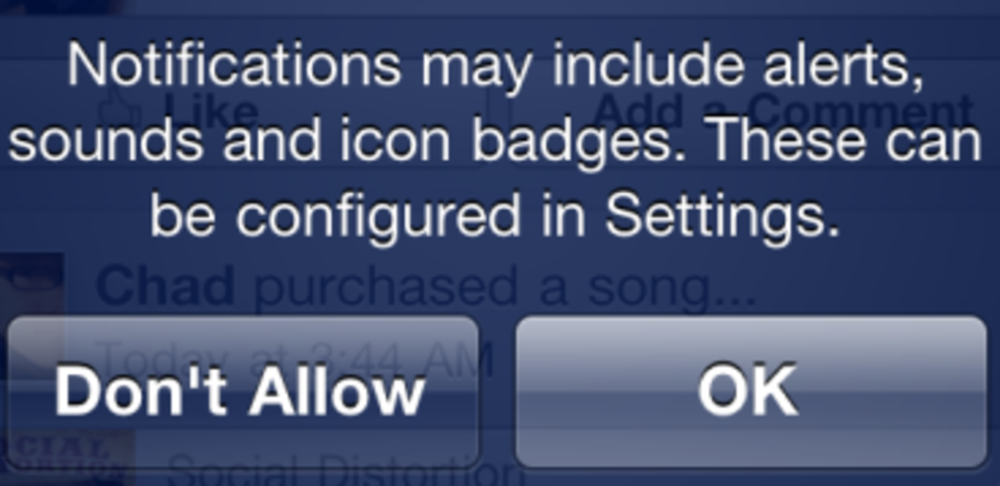As with all marketing, what matters most is what our customers think, and research reveals that customers aren’t choosing one medium over another—they’re multi-screen and they’re omnichannel.
Marketing history shows that our heated arguments over traditional versus new, direct versus email, email versus social, desktop versus mobile, and mobile site versus native app have been largely unproductive. In the end, each is necessary because our customers don’t select one over the other. They want what they want when and where they want it. As comScore opined in their report, Marketing to the Multi-Platform Majority:
“…as digital access continually blurs the lines between platforms, the need for a truly integrated marketing strategy is becoming more apparent, and the only way to achieve this end is to adopt a customer-centric marketing approach. In a multi-platform world, this means beginning with an understanding of your audiences and how they engage with your brand.”
So, do our customers prefer push over SMS? Which is a better investment of our marketing dollars? Consider the factors of aggravation, acceptance, reach, and return and then decide which will deliver the best brand experience for your customers.
Acceptance
It’s important to distinguish between the two types of SMS programs: One, subscription based programs in which a customer opts in to receive something; and 2) text-to-get, which allows the customer to request a response. Many marketers think only in terms of SMS subscription-based programs without considering text-to-get.
Text-to-get has the distinct advantage by putting the customer in control. Without requiring any commitment, customers can request deals, information, or service and deliver votes, feedback or contributions. This on-demand marketing allows brands to demonstrate value before asking for a subscription. Push is most closely aligned with a subscription-based program and limited in the dialogue possible with text-to-get.
Now let’s consider the flip side of acceptance.
Aggravation
People sleep near their phones and will not smile on your brand if you wake them. Push notifications can be sent without an accompanying tone, while SMS notification tones are dictated by the user’s settings. Smart marketers will request quiet times and time zones in online preference centers and in-app. Even so, we must be careful to observe quiet times—no sends after 9 p.m. for early risers or before 11 a.m. for late sleepers.
Text-to-get, assuming the response is immediate, puts the user in charge of the timing.
Push may be delivered to an app inbox rather than the home screen, à la Starbucks’ song of the week. This is a non-intrusive user experience that can increase overall app value and satisfaction.
Yeah, yeah, yeah, you may be thinking, but which is going to get me more eyeballs? Let’s consider.
Reach
In terms of device capabilities alone, SMS has the advantage. Virtually all cell phones can send and receive text messages, while push is only possible on smartphones, which have about a 60% market share in the U.S., according to comScore. Your push audience is limited first by device, then by the portion of your customers who make the significant effort to download your app, and then by the percentage who will actually accept notifications.
Consider, however, the limitations of a text-only interaction. Many SMS messages link to a webpage, which isn’t viable on a feature phone. Text-to-get messages may be a one-off effort and are also limited by your ability to promote them. Can you get real estate in your store, trade show booth, website, or call center script to promote a new program?
SMS subscriptions require a small commitment from the customer, but this is often reciprocated by the brand. Unless customers get significant benefits from an SMS program—and it’s enthusiastically supported and promoted by the company—reach will not be impressive. A realistic estimate for an SMS subscription program is about 10% of your email list.
But, what does that mean in terms of return?
Return
Considering the investment of mobile compared to TV, radio, mail, and site, is it really significant? If you can reach customers on their home screens, where your competitors are unlikely to be, isn’t it worth a try? Of course you can’t do push if you don’t have an app. Push helps monetize the considerable investment required to develop and maintain an app. It increases app engagement and conversion significantly. Similarly, SMS is seeing much higher engagement and conversion rates than other forms of traditional or digital advertising.
A recent mBlox survey by Millward Brown Digital found that consumers worldwide welcome engagement with companies via mobile messaging. They’re willing to provide personal data, including location, to get relevant offers. Moreover, the majority prefers SMS and push campaigns over other forms of mobile marketing, including video advertising, banners, standard display ads, and email.
But whichever channel you choose—push or SMS or both—heed this advice from Forrester Research’s August 2013 report, Wanted: Mobile Engagement Providers:
“Building and delivering great mobile experiences will be the beating heart of your engagement strategy for the next 10 years. Only in that way will your company earn permission to be present in someone’s pocket.”
Consider acceptance, aggravation, reach, and return. Then chart a course to showcase your brand and engage your customers on the most valuable real estate in the world.
Melinda Krueger is a senior marketing consultant at ExactTarget.








